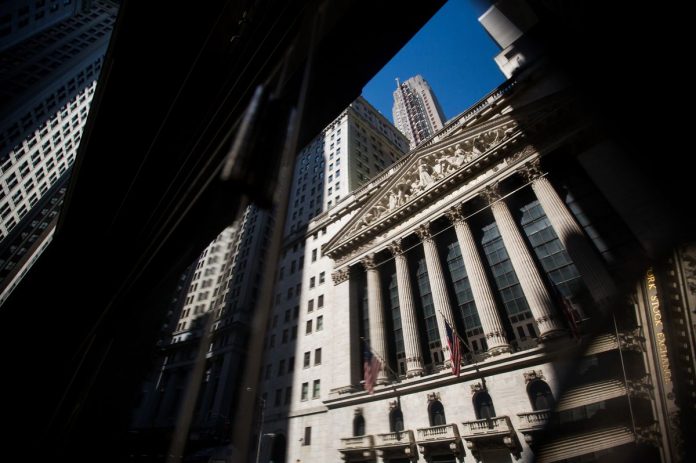
NEW YORK – The health of United States state pension systems improved for the first time since 2014 because of global stock-market gains, according to Wilshire Consulting.
Pensions had 70.2 percent of assets required to meet obligations to retirees in fiscal 2017, an increase from 67.4 percent in the prior year, the Santa Monica, Calif.-based firm said in its annual state funding report. That improvement may ease the financial pressure on states from their retirement systems, given that when investment returns lag they need to boost their annual contributions to cover the gap.
The rally that pushed global equity markets to new highs boosted state pension assets to $3.2 trillion, the most in at least 20 years, the firm said. International stocks rose 24.5 percent in the 12 month period, ending June 30, 2017, Wilshire said. State pension assets grew by more than 9 percent compared to the previous year, while liabilities rose 5 percent to $4.5 trillion, leaving a $1.35 trillion deficit.
The Rhode Island state managed pension plan’s fund investments earned a return of 14.5 percent in 2017 and the fund grew at a rate of 9.4 percent for the year.
Despite the strong gains, pensions have been steadily reducing their expected rates of return, a step that will require them to pay more into the retirement systems. Almost half of the 130 retirement systems Wilshire analyzed reduced their discount rates in fiscal 2017. The median assumed rate of return declined to 7.25 percent from 7.5 percent in fiscal 2016.
Martin Z. Braun is a reporter for Bloomberg News. PBN contributed to this article.










